Ms. Nguyen Thi Mai Anh ( Hanoi ) took her 4-year-old daughter to the emergency room at night after many days of high fever, lethargy, and convulsions.
Four days before, the baby had a fever, wheezing and loss of appetite. The family thought the baby had a common cold so they did not take the baby to the doctor but bought fever-reducing medicine for the baby. However, the baby's condition did not improve but got worse and had to be hospitalized for emergency care.
After many tests, the child was diagnosed with influenza B, accompanied by pneumonia, risk of encephalitis, and was hospitalized for treatment.
The 6-year-old grandson of Mrs. Nguyen Thi Lan Anh (64 years old, in Ha Dong) was also hospitalized after 5 days of high fever that did not go down. The parents were on a business trip, the child was taken care of by the grandmother. Seeing the child had a fever and cough, the grandmother subjectively thought that the boy had a common seasonal flu, and would recover if treated at home.
On the 5th day of fever, the boy had intermittent fever, vomited a lot, and was lethargic. At this time, the grandmother took him to the hospital for examination. The doctor concluded that the child had influenza B.
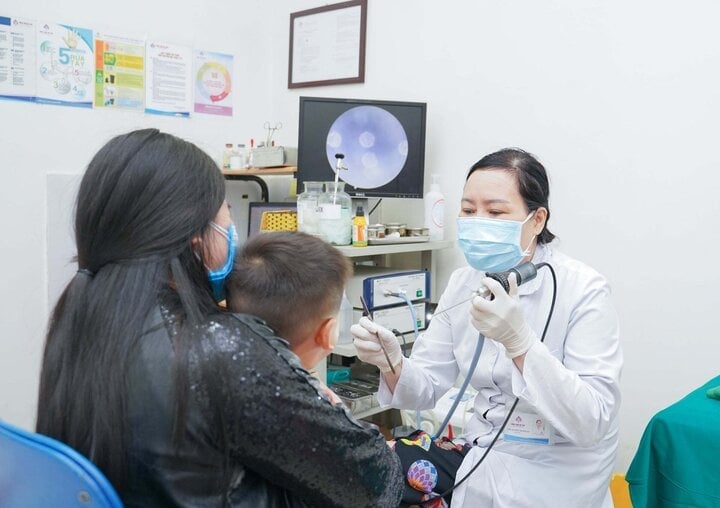
Children hospitalized with influenza B increased.
Associate Professor, Dr. Nguyen Thi Hoai An, Director of An Viet Hospital (Hanoi) said that the number of children hospitalized due to influenza B has been increasing recently.
Influenza B is a seasonal flu (4 types A, B, C, D), a virus that often causes respiratory infections. Since the COVID-19 pandemic, studies have shown that influenza B accounts for about 40% and influenza A accounts for 60% of seasonal flu cases.
Influenza B virus changes very little and changes more slowly than influenza A virus. The time between spring and summer is when seasonal flu is rampant, including influenza B.
Like influenza A, influenza B is spread from person to person through droplets (containing the influenza virus) in the air when an infected person coughs, sneezes, or talks. Children who touch surfaces contaminated with virus-containing droplets and then touch their mouth, nose, or eyes will become infected.
The incubation period for influenza B is 1 to 4 days after infection with the influenza virus. Children and people with weakened immune systems may have a longer incubation period.
When infected with influenza B, the symptoms are similar to influenza A, including: fever, dry cough, sore throat, headache, body aches. Some children will also experience symptoms such as nausea, vomiting and diarrhea.
According to Associate Professor, Dr. Hoai An, most cases of children with influenza B are mild and recover on their own, but the virus can also cause serious complications such as pneumonia due to influenza virus or bacterial superinfection. Some children experience rarer, more serious complications such as encephalitis, myocarditis, rhabdomyolysis, and multiple organ failure.
The expert advises parents to monitor their children if they have influenza B. When they see the following symptoms, parents should take their children to the hospital:
- Children with high fever ≥ 39.5 degrees Celsius use antipyretics and physical methods to reduce fever (cool room 26-29 degrees, actively apply warm water) but do not reduce. Children with high fever ≥ 38.5 degrees Celsius for more than 3 days with no tendency to subside.
- Children breathe rapidly, breathe abnormally: wheezing, wheezing, chest retraction, respiratory muscle contraction.
- Fast pulse compared to age (when the child has no fever), purple veins, cold extremities (when there is no high fever)
Associate Professor Hoai An recommends that during the sensitive season change, parents need to pay attention to taking good care of their children, especially young children. Parents need to improve their children's nutrition to increase their resistance and flu vaccination is the most useful measure.
Source



![[Photo] Ready for the top competitions of Vietnamese table tennis](https://vphoto.vietnam.vn/thumb/1200x675/vietnam/resource/IMAGE/2025/5/18/9c547c497c5a4ade8f98c8e7d44f5a41)
![[Photo] General Secretary To Lam visits exhibition of achievements in private economic development](https://vphoto.vietnam.vn/thumb/1200x675/vietnam/resource/IMAGE/2025/5/18/1809dc545f214a86911fe2d2d0fde2e8)







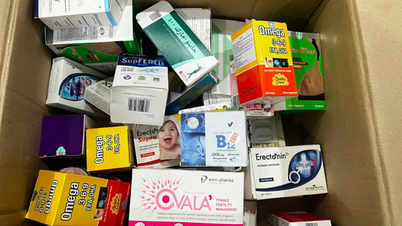

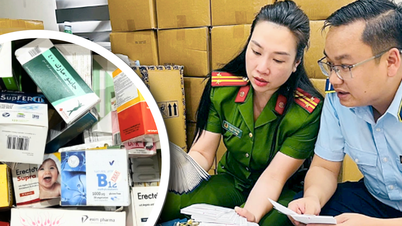












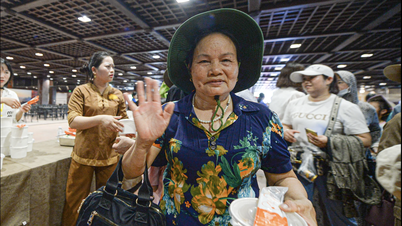





![[Photo] National conference to disseminate and implement Resolution No. 66-NQ/TW and Resolution No. 68-NQ/TW of the Politburo](https://vphoto.vietnam.vn/thumb/1200x675/vietnam/resource/IMAGE/2025/5/18/adf666b9303a4213998b395b05234b6a)






































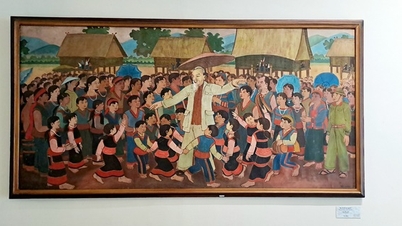






















Comment (0)